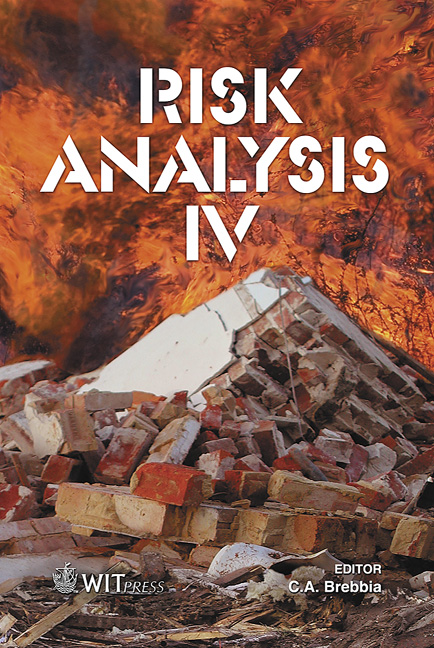Numerical Analysis Of Buried Pipes Subjected To Lateral Soil Movements
Price
Free (open access)
Transaction
Volume
77
Pages
10
Published
2004
Size
423 kb
Paper DOI
10.2495/RISK040131
Copyright
WIT Press
Author(s)
P. Casamichele, M. Maugeri & E. Motta
Abstract
The response of buried pipes subjected to lateral ground movements in failing slopes is investigated with the aim to establish pipe failure risk. In this paper, the analysis is carried out using the discrete element method. The pipe, crossing the stable and the unstable zones of the slope, is divided into a number of discrete elements. The soil-pipe interaction is modeled by springs with a non-linear stress-strain behaviour, to consider the yielding of the soil. The solution is determined with an incremental procedure, increasing at each step the slope movement and updating the corresponding stiffness related to the soil-pipe interaction. Displacement, shear force and bending moment along the pipe are calculated for the prevision of unacceptable conditions for pipelines and to prevent seismic hazard in a risk analysis. Keywords: ground failure, non-linear analysis, pipeline. 1 Introduction One of the most common causes of collapse of pipelines crossing unstable slopes is the large deformation induced by landslides. Some of the pipe failures occur in slopes during a seismic loading where earthquake-induced movements take place. The seismic response of buried pipelines depends on various factors, such as the direction and the amount of the ground movement, the geometrical characteristics and the stiffness of the pipe, the soil characteristics. Many studies have been carried out to evaluate the soil-pipe response due to soil motion. Similar interactions are present in a variety of situations such as a pipeline subjected to fault or landslide movements or a laterally loaded pile embedded in a stiff soil (Rajani and Mongenstern [1], Motta [2]). Analytical solution in form
Keywords
ground failure, non-linear analysis, pipeline.





